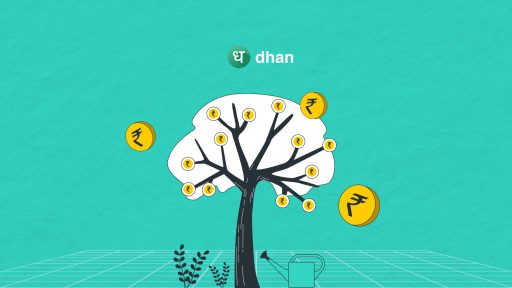Have you ever wondered how traders spot potential movements before they happen? This is usually done through a strategy known as Unusual Options Activity (UOA).
In simple terms, UOA refers to significant trades in the options market that deviate from normal trading patterns. These activities can signal potential changes in stock prices, making them crucial indicators for traders.
Knowing UOA better helps traders spot opportunities and manage risks more effectively.
This article will discuss unusual options activity meaning, its interpretation by traders, and strategies employed to take advantage of it.
What is Unusual Options Activity?
Unusual Options Activity is when either the trading volume or number of contracts traded for a particular option is significantly above its average daily volume.
This activity can indicate potential trading opportunities as it implies heightened interest or large positions by institutional investors, and hedge funds.
UOA is often watched by traders so that they can find out which underlying stocks may experience price movements in the future.
Nevertheless, UOA on its own does not provide any guarantee of correct results and demands careful scrutiny and confirmation to avoid risks such as market manipulation or false signals.
Strategies for Utilizing Unusual Options Activity
To identify potential opportunities in the market, you can consider using unusual options activity as a strategic approach. Here are some effective strategies to use when considering or utilizing unusual options activity:
1. Identify Unusual Activities via Open Interest
Tools can be used to identify unusual activity options that focus on significant changes in the volume or open interest that is different from normal levels. This could be sudden changes in volume, huge trades as well or changing patterns of open interests.
Traders usually use scanners and platforms to detect anomalies that may suggest heightened interest or strategic moves by institutional investors.
Tracking these activities helps traders spot potential opportunities or shifts in overall market feelings that could affect the prices of stocks.
2. Focus on High-Volume Contracts
Focusing on high-volume contracts means monitoring options that are traded more than usual. This shows heightened interest from traders or institutions. Tracking these contracts helps traders spot potential opportunities or understand market sentiment.
High-volume indicates significant activity, potentially signaling important market moves or strategies being implemented, which can affect the underlying asset’s future price trends.
3. Follow the Smart Money
To follow the smart money, it is important to watch which options are traded by big institutional investors or hedge funds who mostly have better knowledge, analysis skills, and resources. Normally, they engage in substantial and calculated trades, so their actions can indicate robust market signals.
By observing their moves, especially in unusual options activity, individual traders can gain insights into potential market trends or big stock movements and align their strategies accordingly.
4. Look for Out-of-the-Money (OTM) Moves
Focus on options contracts far from the underlying asset’s current price. Unusual activity in OTM options suggests that traders make speculative bets or hedge against significant price changes.
For example, heavy buying of OTM calls might indicate expectations of a big upward move, while OTM puts could signal anticipation of a drop.
5. Combine with Technical Analysis
Combining unusual options activity with technical analysis enhances decision-making. For instance, if there’s high call option volume and the underlying stock’s price nears a support level, it indicates potential buying interest and price recovery.
Technical indicators like moving averages or RSI can confirm this trend, making the options activity more actionable by aligning with market movements and identifying optimal entry or exit points.
Risks Associated with Unusual Options Activity
Unusual options activity (UOA) can be a powerful indicator in trading, but it carries several risks that traders must navigate to avoid costly mistakes. Here are the key risks:
1. Market Manipulation Concerns
Sometimes, UOA might not be a genuine signal but a result of market manipulation. Big players might make large trades which can create misleading patterns.
If traders follow these misleading signals, they might end up making poor decisions based on false information.
2. False Signals and Noise
Not all UOA is meaningful. Some unusual trades might be random or related to specific circumstances that don’t indicate broader market trends.
If traders act on these false signals, they could buy or sell options based on bad leads, which could result in losses.
3. Lack of Context
UOA might occur for reasons unknown to most traders, such as company-specific news, large investors hedging their positions, or technical adjustments.
Without understanding the context behind UOA, traders might misinterpret the data and make trades that don’t align with the actual situation.
Relying solely on UOA without considering other factors like market trends, company fundamentals, or broader economic conditions. This can lead to incomplete analysis and increase the likelihood of making unbalanced trading decisions.
Conclusion
Unusual options activity (UOA) offers traders a peek into potential market moves. By understanding and using UOA signals, traders can make more informed decisions and seize opportunities.
However, it’s crucial to be aware of the risks, like false signals. With careful analysis and strategy, UOA can be a valuable tool in your trading toolkit. Always pair it with additional research for optimal results.
Dhan provides real-time data on options trading, allowing you to spot unusual volume and open interest changes quickly. You can easily access and analyze the options chain for various securities, making it easier to identify anomalies in trading patterns.




